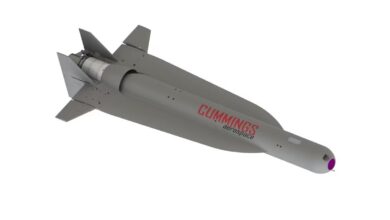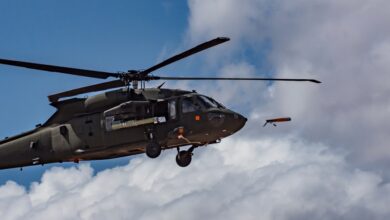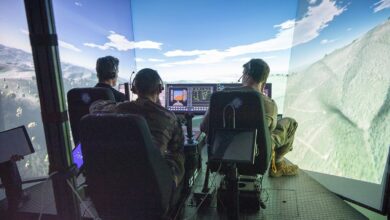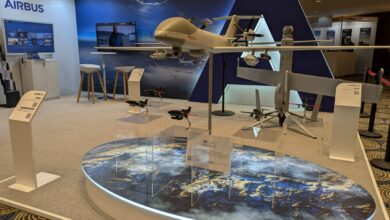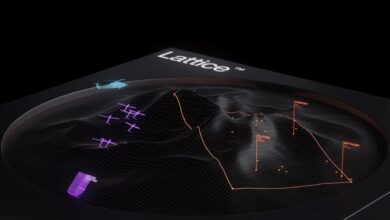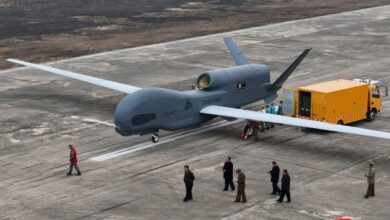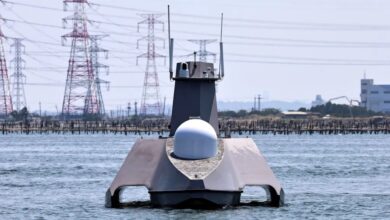Northrop Grumman’s Scaled Composites has unveiled a low-cost model of an optionally-crewed aircraft designed to fly alongside manned aircraft in a “loyal wingman” role.
Evolving from the aerospace firm’s experimental Model 401 aircraft, the Model 437 technology demonstrator has a reported range of 3,000 miles (4,828 km) and a cruising speed of Mach 0.8. Its payload bay can carry 1,000 pounds (454 kg) of cargo.
According to Richard Sullivan, vice president of program management at Northrop Grumman, the aircraft requires only a 3,000 feet (914 meters) runway for take-off — shorter than most other aircraft.
Scaled Composites president Cory Bird revealed at the unveiling in Palmdale, California, that the aircraft’s per-unit cost could be $5 to $6 million. Much of that expense would be for the engine, the Williams FJ44, at $2.4 million.
Bird added that the cost could be optimized according to the programs’ need for lower-priced, attritable aircraft.
USAF’s Skyborg Program
National Defense Magazine, citing one of the firm’s executives, wrote that the aircraft would be pitched to the US Air Force’s (USAF) Skyborg program and the UK’s Project Mosquito.
The Skyborg program calls for building low-cost, pilotless combat systems capable of teaming up with manned aircraft. Project Mosquito calls for similar capabilities.
Northrop was initially one of the four firms selected to compete for the $400 million contract to deliver aircraft for the Skyborg project. However, in December, when the contract for prototypes was awarded, Northrop was omitted.
This time around, the Virginia-based defense giant claimed that they could speed up the development of the unmanned aircraft concept with USAF funding, Defense Brief reported.
UK’s Project Mosquito
Northrop, meanwhile, was selected as systems engineering partner on Phase 2 of Project Mosquito in April, joining Warwickshire-based Intrepid Minds “to support the design and manufacture of a prototype of the UK’s first uncrewed fighter aircraft.”
The company will supply its “DA/RC (Distributed Autonomy/Responsive Control) technologies, gateway offerings and advanced mesh networking capabilities” to enable seamless human-machine collaboration and cooperative mission management.
According to the UK Ministry of Defense, the project aims to create a demonstrator for the Royal Air Force’s Lightweight Affordable Novel Combat Aircraft concept with flight tests by the end of 2023.



